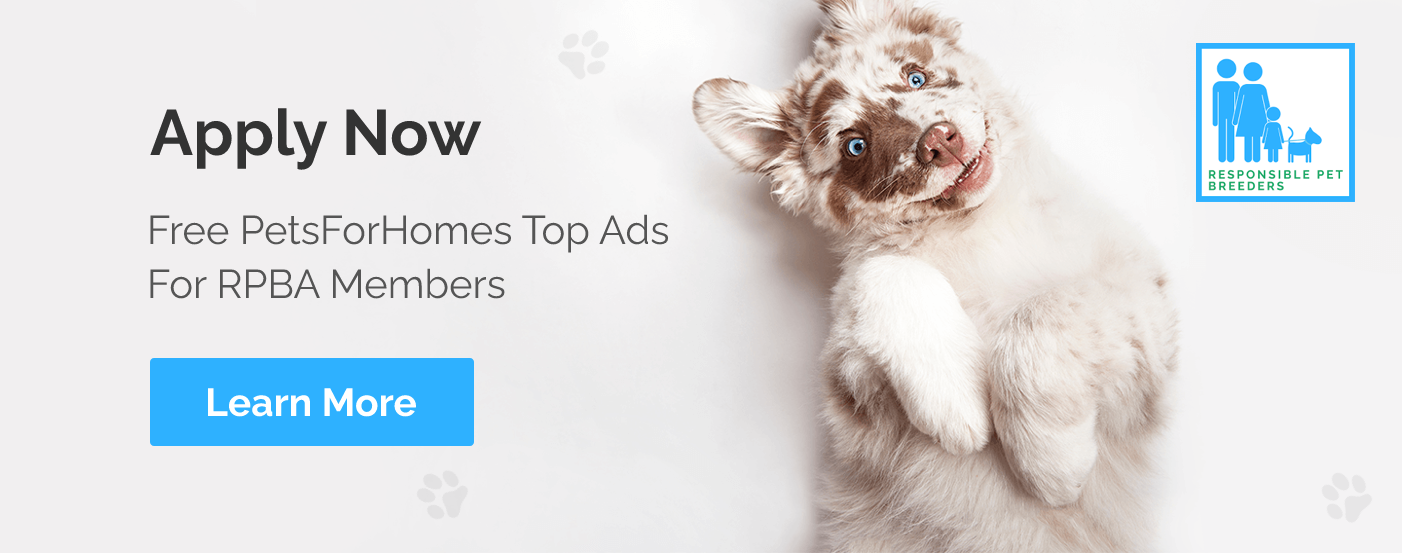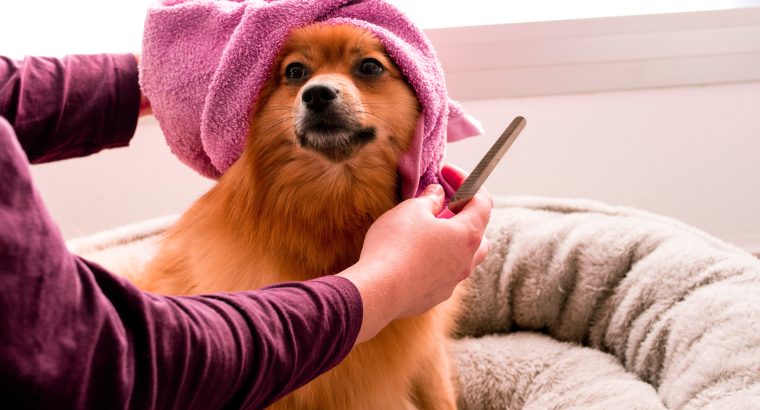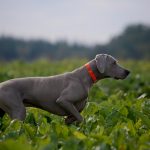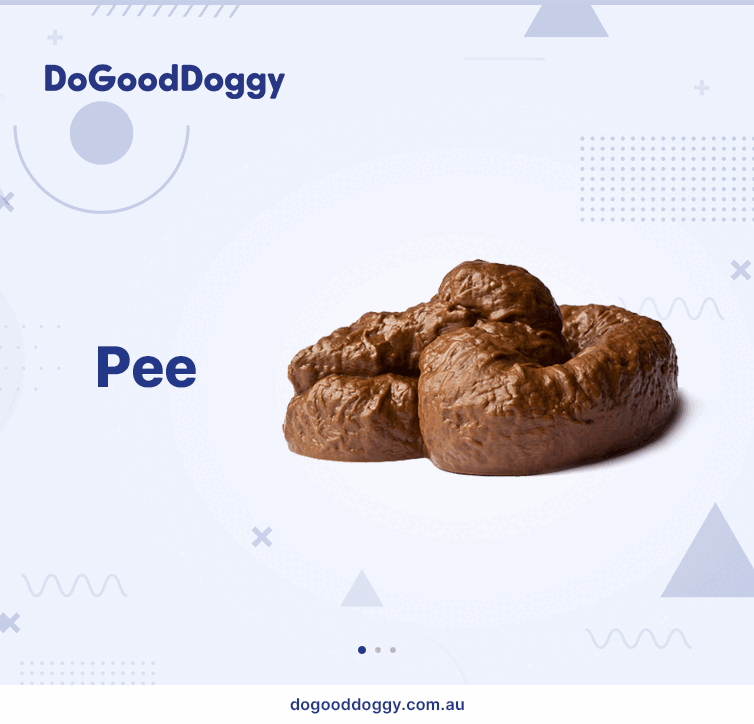Expert Dog Grooming Tips
Grooming a dog can be challenging if you haven’t had a lot of practice. For most dog owners, it’s something that they do only rarely, as only a few dog breeds will require very frequent grooming. This is part of the reason why the pet grooming industry is growing so much – most people prefer the convenience of dropping off their dog with the professionals, rather than going through the hassle themselves.
However, learning how to groom your dog yourself can be great for those who want to save money or prefer the DIY route. If you’re looking at Shih Tzu puppies for sale or any other breed with high grooming needs, these savings can be significant.
Join our PetsForHomes community
With over a million visitors every year, we are committed to finding every pet it's perfect forever family nationwide.
Regular grooming not only keeps your pet looking and feeling their best, it also helps identify any potential health issues before they become serious. It’s not as difficult as it may initially seem, and it can also be a great way of bonding with your dog.
To help you get “pro-level” good at grooming, we gathered some useful tips from professional pet stylists. Whether you are a novice or a veteran in taking care of your dog, there are insights here to take away!
Expert Dog Grooming Tips
Prepare Your Dog For Grooming
Before you start the grooming process, make sure that you have all the necessary supplies handy such as shampoo, conditioner, brushes, combs, nail clippers and a flea comb. Just as with cooking, mise en place (“Everything in its place!”) is the secret to getting things done as quickly and easily as possible. Having these items close at hand will make the process less stressful for both you and your dog.
Brush Your Dog First
Start by brushing out any tangles or mats in your pet’s fur with a slicker brush first before using a regular bristle brush. Be sure to go in the direction of hair growth when brushing out tangles and mats, as this will help reduce the amount of pulling on their skin which can be uncomfortable for them.
If you need to use scissors or clippers to cut away particularly stubborn mats, then do so with caution and avoid cutting too close to their skin if possible. When you’re finished brushing out your dog’s fur, move on to other areas such as the face and ears which may require more delicate attention with a softer brush. You can use a brush made from boar bristles or even just a damp cloth for those areas where there are no visible tangles or mats present.
Shampoo and Rinse Thoroughly
After brushing out your dog’s coat it is time for bath time! Using warm water (not hot), make sure that all parts of your dog’s body are moistened before applying dog-specific shampoo as directed by the packaging instructions. You can use a wide-toothed comb to make sure that the shampoo gets down to the roots of their fur, which will help with any persistent stinky odours.
Now is a good time to give your dog a little massage to ensure that the shampoo has time to clean their fur. Be careful with dogs with fragile hair, as it can be easy to tangle – it’s generally best to work in one direction, from the top of their head down to the base of their tail.
When it comes to rinsing your dog, think of how much you need to rinse your own hair when you shower. It can take a while for all of the suds to come out, especially if you have long hair. Apply that same principle when you’re rinsing your dog. There’s no harm in letting the water run over them a little bit longer, just to make sure that you get rid of any shampoo residue completely.
Dry Your Dog Completely
Once your dog is completely rinsed, towel dry them off immediately afterwards, paying special attention around the ears, eyes and nose. We want to make sure we wipe away any excess moisture which could lead to potential infections later on. If necessary, you can also use a hair dryer (set to the lowest heat setting) or a dog-specific dryer to speed up this process.
Areas to watch out for include the armpits, groin and behind the ears, as these spots can retain moisture more easily. Once they’re dry, apply any topical flea/tick treatments according to the packaging directions prior to allowing them back into their living space to dry off completely.
Give Them a Trim or Ask a Pro
Many people are wary about giving their dog a haircut – after all, dogs can move unexpectedly, and scissors and clippers can cause injury. However, if your dog is calm enough, you can try to give them a trim yourself. We think that you should use a good pair of clippers first since this is the most foolproof way to cut your dog’s hair. Scissors give you some more control, but your dog will need to know how to sit still.
You may opt to consult with a professional groomer before trying to do this. They’ll be better able to tell you whether or not your dog is suited to being trimmed at home by an amateur, or whether their coat and the type of cut you want will make it necessary for a pro to take over. There’s no shame in letting a groomer give your dog a trim, since this is the most difficult part of dog grooming! It’s also unlikely that you’ll get too much practice in, as most dogs will only need a trim every couple of months.
Nail Care, Ear Cleaning and Tooth Brushing
Keeping your pet’s nails trimmed is important for keeping them comfortable while walking or running around outside. Go slowly and carefully, only trimming a little bit of the nail at a time so that you avoid cutting the quick (the pinkish nerve tissue in the centre portion). Keep some styptic powder on hand just in case of emergencies.
Keeping your dog’s ears clean is essential, as dirt buildup can lead to infection or irritation. Gently flush out any debris with an ear cleaning solution designed specifically for dogs once every week or two. Remember to follow instructions, and never insert anything into your dog’s ear canal!
Brushing your pet’s teeth daily or every other day will help keep bacteria at bay and reduce the risk of tooth decay or gum disease. These issues can quickly turn into bigger health problems, so doing this regularly can save you lots of time and worry down the line. Make sure you use toothpaste specifically designed for dogs as human toothpaste can be harmful to them if swallowed.
By following these basic tips for proper dog grooming, you’ll be able ensure that your pup is looking and feeling their best. However, you shouldn’t shy away from contacting a professional groomer if you feel that you’re not up to the task. Getting rid of heavy matting and tangles is work for a pro, and complicated styles of haircuts are best left to them as well. It’s more than enough to be able to do most of the basic stuff at home so that you don’t have to keep going back to the groomer every week.
Related posts:
Comments (1)







Thanks for the blog. Great grooming tips for dogs especially for new owners. Enjoyed reading your blog, looking forward for more such amazing content.